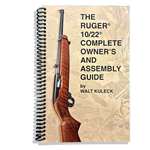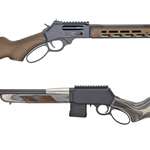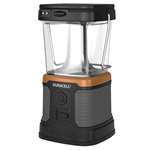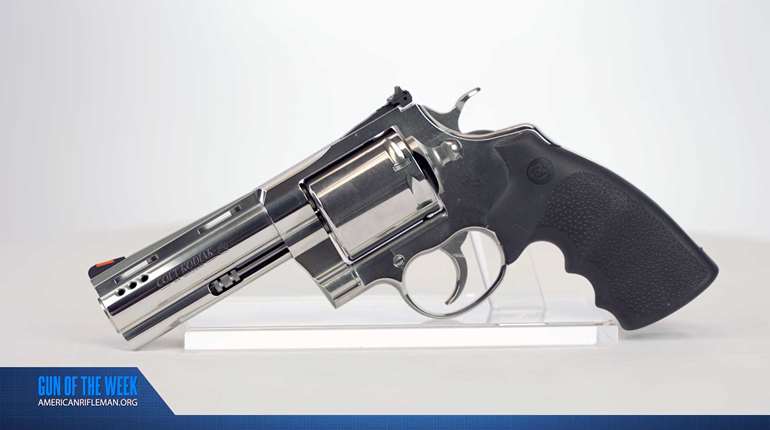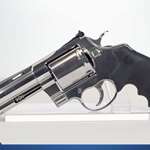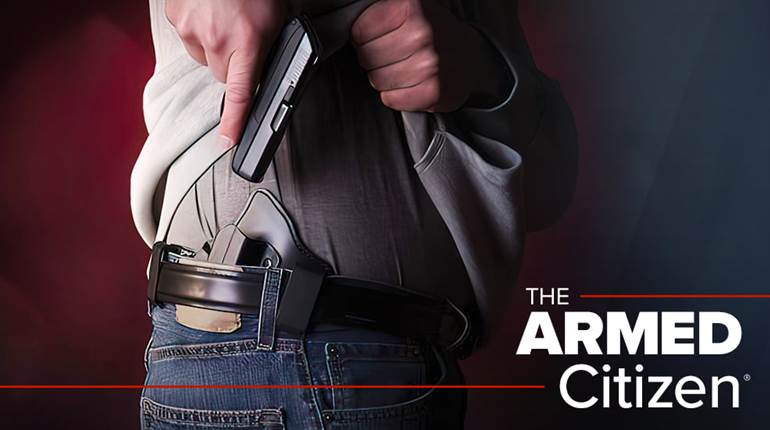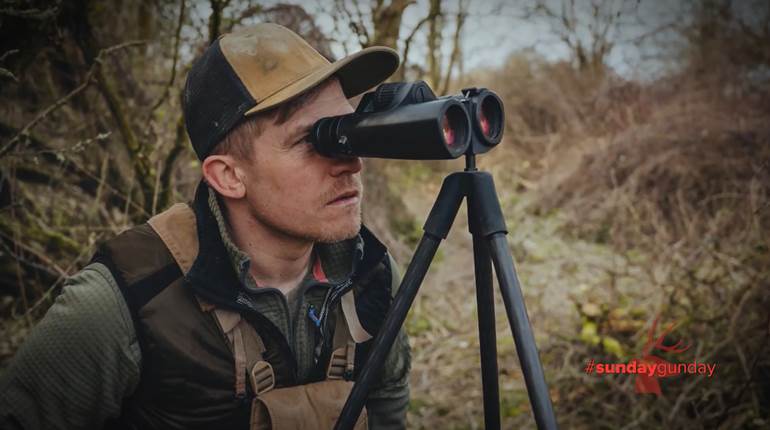One of the most popular micro-compact handguns on the market is the Springfield Armory Hellcat, which is available in a range of offerings, from manual-safety models to larger Pro models with greater magazine capacity. But all of these models have had one thing in common: their 9 mm Luger chambering. That changes with the launch of Springfield Armory’s Hellcat .380.
The .380 ACP cartridge case measures 17 mm in length, making it 2 mm shorter than the ubiquitous 9 mm Luger cartridge. This means that, in terms of magazine capacity, the Hellcat .380 is identical to the 9 mm version, having an 11-round, flush-fit magazine and a 13-round extended magazine. The .380 ACP chambering means that this small micro-compact will be softer-shooting, making it easier to handle for folks who have weak hand strength. Many of today’s .380 ACP defensive cartridges ensure that this is still a potent self-defense option without the added “snappy” recoil of the 9 mm Luger Hellcat. The .380 model is outfitted with a 3” hammer-forged steel barrel with a 1:10” twist rate.
 Dimensionally, the Hellcat .380 is similar to the 9 mm model, measuring in at 4” in height, 6” in length and 1” in width. Those measurements are identical to the 9 mm Luger-chambered model, but the .380 ACP-chambered Hellcat has a slightly different external taper to the slide versus the 9 mm model, which means that the .380 Hellcat will work in most holsters designed to accept the 9 mm model but not all of them. Users are advised to check the fit in their holsters before carrying the pistol.
Dimensionally, the Hellcat .380 is similar to the 9 mm model, measuring in at 4” in height, 6” in length and 1” in width. Those measurements are identical to the 9 mm Luger-chambered model, but the .380 ACP-chambered Hellcat has a slightly different external taper to the slide versus the 9 mm model, which means that the .380 Hellcat will work in most holsters designed to accept the 9 mm model but not all of them. Users are advised to check the fit in their holsters before carrying the pistol.
Features found on the original Springfield Armory Hellcat are present in the .380 ACP version, including the milled slide that accepts today’s popular optics of the Shield RMSc footprint. A Springfield Tactical Rack U-Notch rear sight provides an open-sighting option when paired with the bright, tritium-illuminated front sight. Springfield offers its .380 Hellcat for a suggested retail price of $653. For more details, visit the Springfield Armory website here.

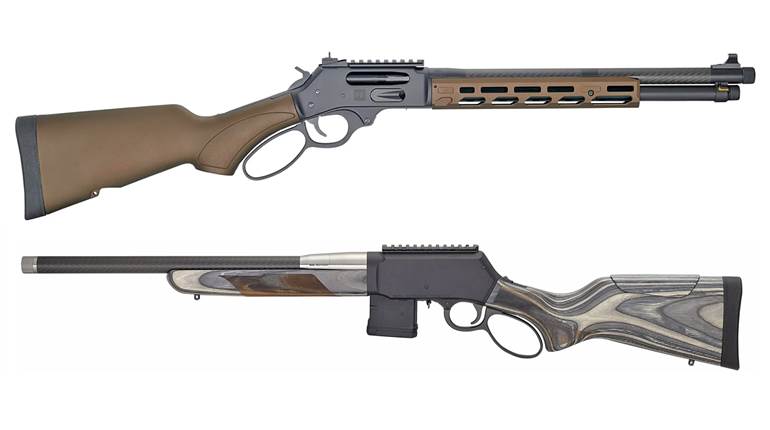
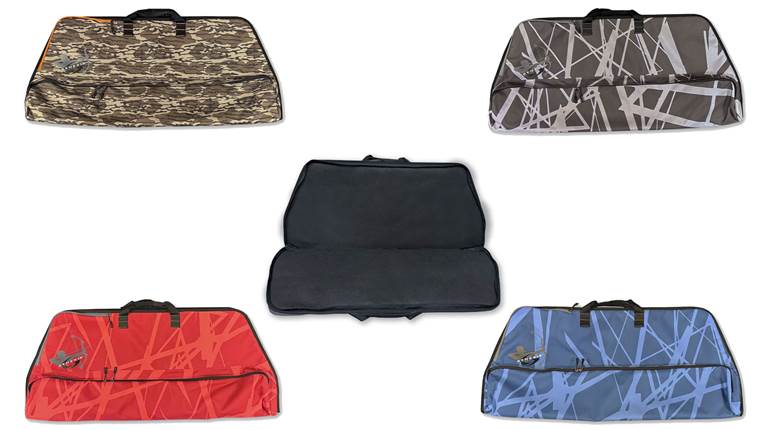


![Auto[47]](/media/121jogez/auto-47.jpg?anchor=center&mode=crop&width=770&height=430&rnd=134090788010670000&quality=60)

